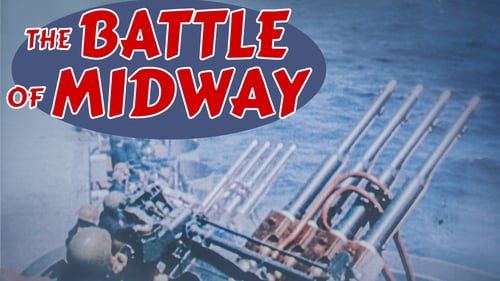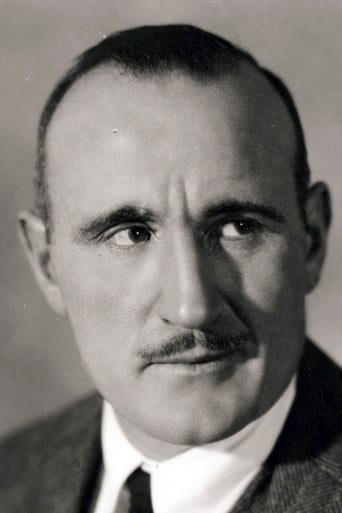Skunkyrate
Gripping story with well-crafted characters
BroadcastChic
Excellent, a Must See
Fulke
Great example of an old-fashioned, pure-at-heart escapist event movie that doesn't pretend to be anything that it's not and has boat loads of fun being its own ludicrous self.
SimonJack
This documentary, "The Battle of Midway," is a short film shot during the actual combat on June 4, 1942. The Battle lasted from June 3 to June 7, but the air attack on Midway Island was on June 4. This shows the bombing of the U.S. airfield and positions on Midway. It also shows the defenders in action, and one Japanese plane trailing smoke after it was hit by ground fire. What is most striking about this film is the concussion of the actual bombs, which have a horizontal spreading impact with huge destruction. What one sees in most movies in which battle scenes are staged, is ground explosions that blow up laterally and dissipate in the air with much less near damage. Hollywood's John Ford was a Navy officer who directed this and other films for the Navy during WW II. Henry Fonda is the principal narrator. There isn't much by way of aerial combat or Japanese aircraft pictured here. Other Armed Forces photography would capture that. But this documentary earns its stars for the men who shot the film while under heavy enemy fire.
blitzebill
This brief film using real footage about the Battle of Midway is significant for several reasons.The most important is that it shared an important battlefield of WW II (in color no less) with the general American public, who relied on every scrap of news they could get. Radio, newspapers and news reels were the most popular, so seeing this short in their neighborhood theater was just as important.Second, if you want to generate enlistment in your military forces, sure this type of film might accomplish that. And to boot, show some pride in your country's war accomplishments against a vicious enemy.Third, take note that the cameramen risked their lives as much as the soldiers, sailors and airmen, and deserve as much credit. Director John Ford was injured while recording with his camera.This may not be a polished Hollywood filmmaking result, but it was never intended to be.
Horst in Translation (filmreviews@web.de)
"The Battle of Midway" is an 18-minute color documentary from almost 75 years ago. If you do the math, you will see that this was done during the days of World War II. So these were crucial days in terms of global politics. That's why it should not come as a surprise that this film features some of America's biggest stars in front of the camera and behind it, such as writer and director John Ford and Jane Darwell who won Academy Awards around that time and Henry Fonda as narrator. So yeah, what else can I say. Certainly underwhelming for me despite having quite an interest in World War II. This one is really more for those who love the battle scenes. Obviously, this one was really significant back when it came out as it won a documentary Oscar. Unfortunately, I cannot really recommend it despite that big honor.
pmcenea
The first 9 minutes of this documentary of the battle of Midway was divoted to the fighting by the US ground troops on Midway. This was actually a minor part of the battle, but provided great footage for the film. The overall effect was very stirring, especially the biplay between Henry Fonda and Jane Darwell. This must have been very comforting to the folks at home when shown in the theaters. I enjoyed it very much.







